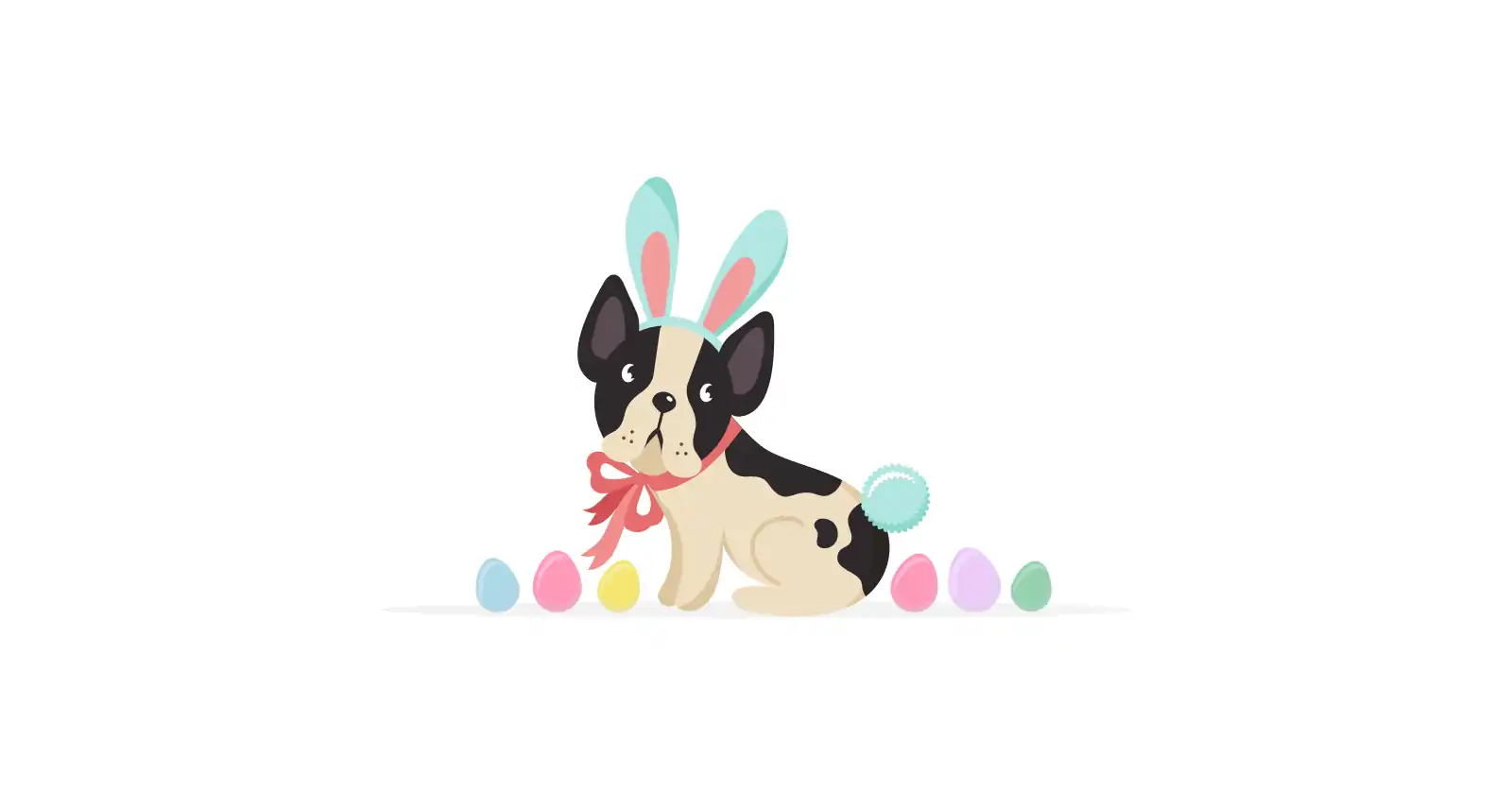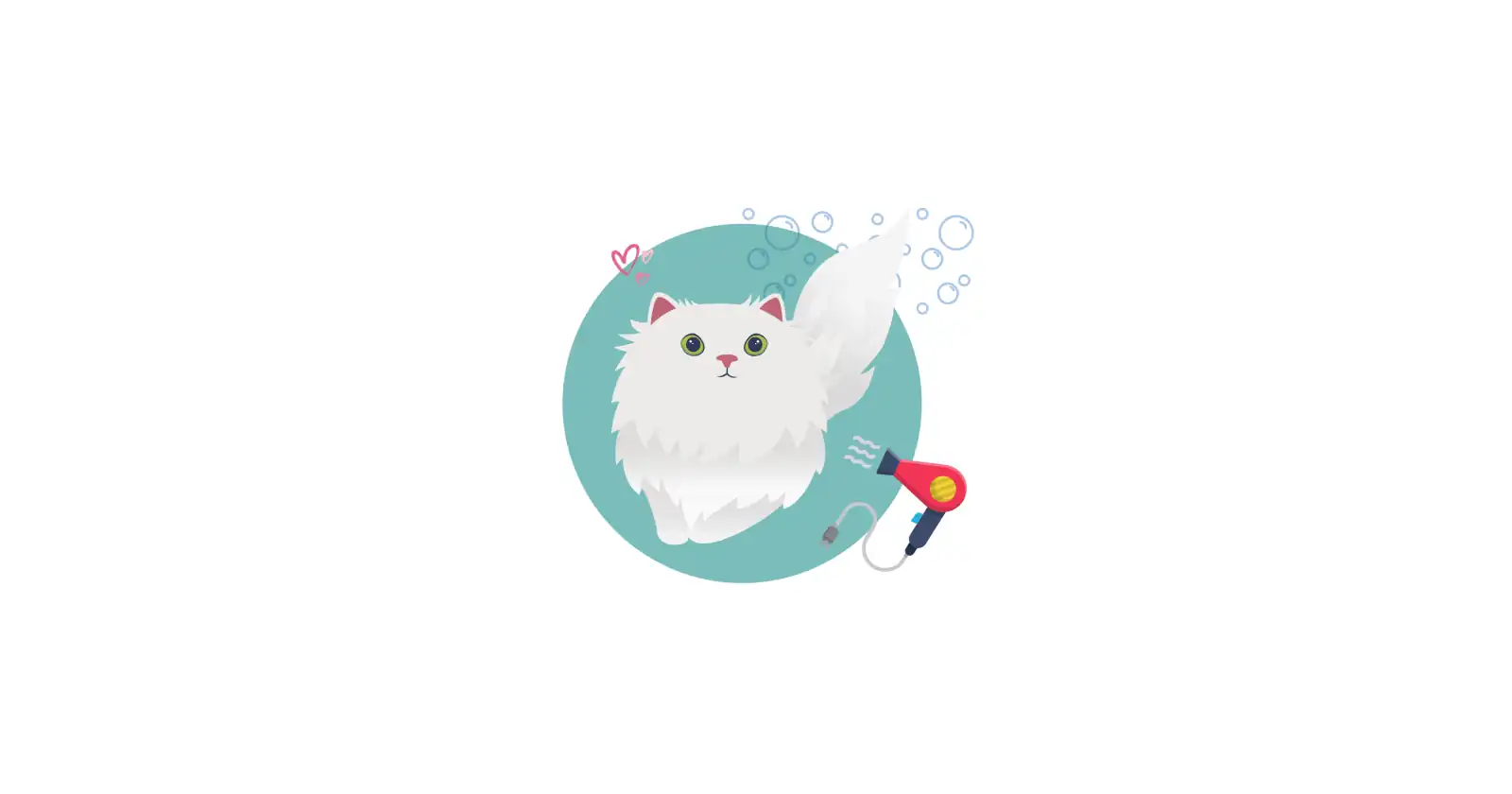From Fetch to Come - Training Your Dog to Recall Like a Pro
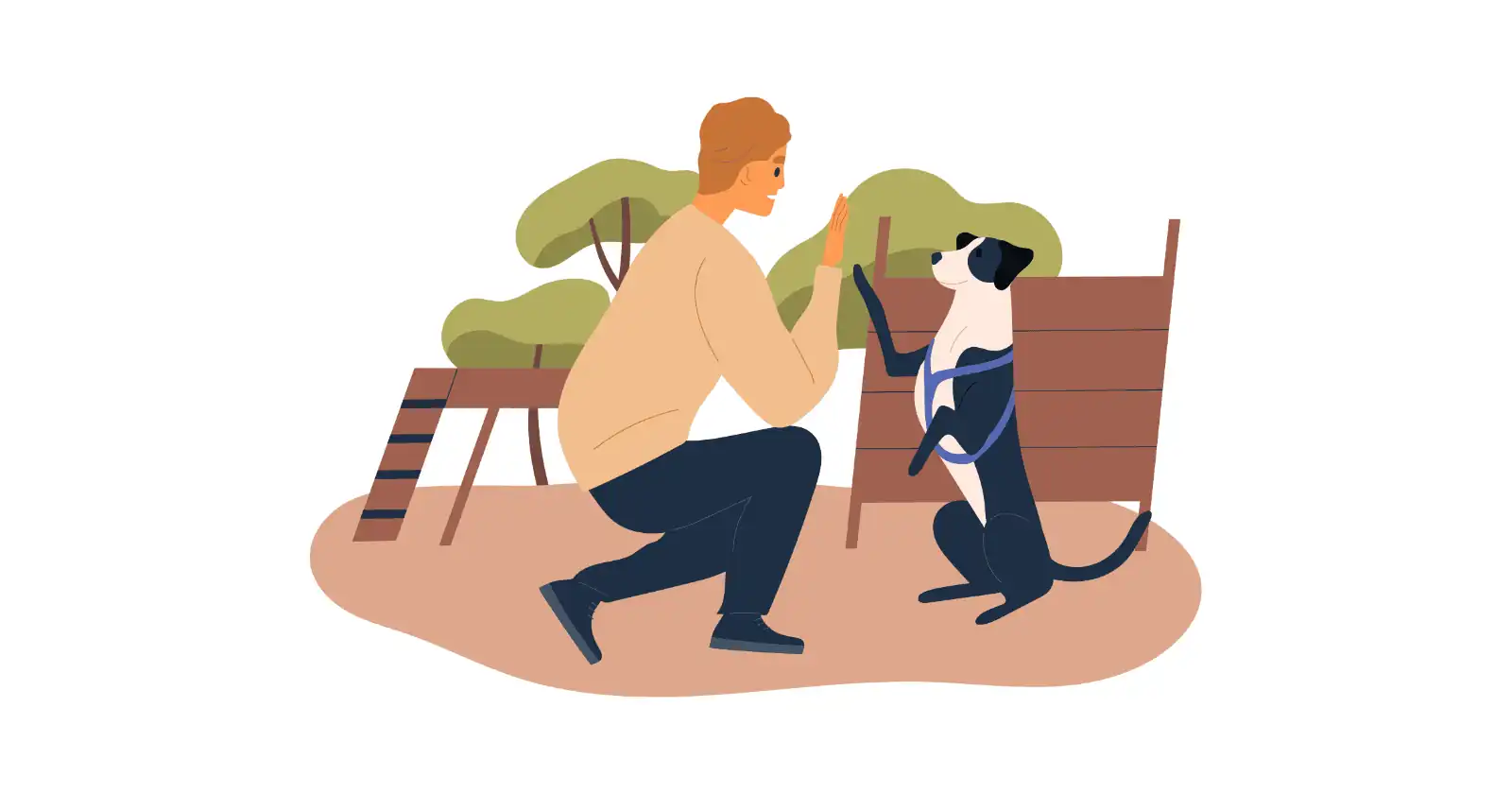
Table of Contents
Dogs are our best friends and although they love being around us, they are also goofy creatures that love to explore the world around them. Their curiosity could have them chasing a squirrel around the park or playing in the water on a beach. These distractions might often seem better to them and keep them from coming back to you. Some of these distractions may also be dangerous. This is why teaching your dog to come back to you is so important. A reliable recall can be the key to forming a safe space for you and your pet to enjoy and explore together.
Are Recalls Difficult to Train?
To be honest, yes and here’s why: Dogs mostly stay with us or at home the whole day. However, when they go for strolls and walks, they connect with the world around them. Their excitement is almost always off the bounds because it is the highlight of their day. So when we decide to call them back, they tend to disregard our calls. We need to understand this from a dog’s perspective in order to ensure that we do not lose our patience with them during the difficult process. Moreover, the level of difficulty of training also depends on the temperament of the dog - if they are more obliging or mischievous and curious. The best way to train your dog to recall is to associate the idea of recall with positive memories and rewards. Next, we will look at ways in which you can effectively train recall using easy procedures that will have your dog running back to you in no time!
Name/Cue Recognition

The first thing that you, as a pet parent, need to do is to ensure that they recognise their name and respond to it. You can do this by saying the dog’s name from a distance of three to seven feet and whenever they respond, you can encourage the behavior by saying words like “yes” or rewarding them. This shows us that you are able to grab their attention. Next, choose a cue using which you can call them back. You can choose their name or words like “come,” or “here.” You can also use other sound cues like a whistle or claps. You can combine these sounds with gestures such as holding your hands out or slapping your thigh. Whatever cue is chosen, it is important to remember that everyone in the house should use the same cue for recall, otherwise it may lead to confusion.
How to Elicit a Response
Once the cue has been chosen, you can teach your dog to respond to them. You can start by attracting their attention: either by running around, grabbing and playing with a toy, slapping your thighs or making kissing noises. Once you have their attention and you can see them running towards you, use the cue “come/here” only when they have almost completed their recall. The completion of a recall could mean different things to different parents: it could be when they grab their pet’s collar, when their pet comes and sits next to them or when they are simply close enough.
Repeat and Remind
Even for humans, repeating a process is an effective way of committing things to memory. You can make your dog remember the cue by repeating it in various situations in their daily life. For example, if you’re using the word “come” as the recall cue, you can say “come” as they come to the door when you are getting ready to take them for a walk and reward them with praise after they reach you. You can also say “come” when they are approaching you for food during mealtime and reward them with food when they fulfill the command. Or, when you are playing fetch, you can say “come” when they are returning to you after fetching their toy and reward them with praise or just play with them more.
Rewards are Important
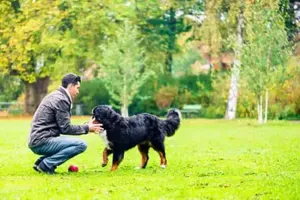
Positive reinforcement is essential to develop a positive association with the cue. If it is associated with something they dislike such as going home or being put in their crates, then they might not like returning to you. As seen above, during training, positive reinforcement such as praise, more play time or food is important to associate the cue with a happy memory. Other than these treats, call them with a happy and excited voice, use actions that may grab attention and a welcoming body language to make it easier. Even when they ignore you, stay calm - because getting angry will only push them away more.
Explore and Practice
As you train them, explore their world with them. Try changing locations from time to time so that they understand how to respond in different surroundings with varying amounts of stimuli for distraction. For instance, you can start practicing in the house with no distractions, then you can move to the backyard increasing the distance and distractions. You can go to different locations in the order of house, backyard, and park. In each location, you can start with a short distance and then gradually increase both distance and distractions as they start responding better and better. The goal of this exercise is to ensure that your pet listens to you no matter where you are. This makes the recall more stronger and solid. Don’t forget to treat them with every successful recall!
Play Recall Games
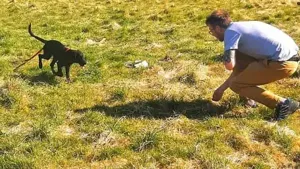
Games are another way in which you can make the learning process fun for you, your family members and your dog. One of the most popular and fun recall games is Ping Pong Game. This game requires a minimum of two players but can be played with your entire family as well. It helps everyone in your family practice recall too. In this game, every player needs to have treats for your dog and each person takes turns to recall using the recall cue. After your dog has reached them, they can reward them with a tasty treat and pets. There are many other games you can play with your dog to increase their attentiveness and make the process fun: hide and seek, back away recall and the counting game.
What If Your Dog Starts Ignoring You?
It is possible that your dog may start ignoring you during the recall training process. This means that they are losing interest in the training. The first step towards solving this problem is to understand its cause. There could be a few reasons behind why they are ignoring you: there are too many distractions, you may not be rewarding them enough, or how many days it has been since they have been left to walk without a leash.
Once the reason has been identified, you can start working towards re-training them. If there are too many stimuli or distractions that grab their attention and they may not be able to handle it, then it's okay to go back to your previous location with lesser distraction and practice recall training again. This time, you could increase the distractions more slowly and then move to off-lead strolls in the park. However, even when you may be training with less distractions, it is important to identify what motivates or stimulates your dog. Some dogs are more people-oriented since they have been bred for companionship while others are more dog-oriented.
If you feel like rewards are less or getting monotonous, you can try to switch it up by playing games while training or using different forms of reward such as buying them a new toy or maybe using new varieties of treats. At the end of the day, the purpose of recall training is to make your dog feel like good things happen when they are around you so that they run back to you without any hesitation.
What is a Poisoned Cue and How To Deal With It?

What if your dog hates responding to your cue word, for example “come?” What could be the reasons behind it? A poisoned cue is one in which the dog has associated feelings that may make them feel unpleasant, uncomfortable or in pain with a particular cue. For example, “bath time” may be a poisoned cue if a dog does not like to get wet or if they lose something when you tell them to “drop it!” Such cues become poisoned cues because your dog no longer wants to respond to them.
So what should you do if your cue becomes poisoned? The best way to deal with a poisoned cue is to change the cue for any particular activity. Reversing the cue may be very difficult so you can start re-training your dog with a new cue. Re-teaching is important because you cannot simply transfer the poisoned cue to another cue. It is necessary to ensure that your dog does not feel sad or disappointed because of any cues so that such poisoned cues do not develop again.
Conclusion
Although the process may be difficult and irritating at times, mastering the art of recall can help the doors of the world for you and your furry companion. However, you must remember to trust your dog and the process and reward them for small developments every step of the way. But most important of all, you must remember to treat them with kindness even when they aren’t compliant. They are sensitive creatures and are dependent on you for their warmth and comfort. By successfully training them, you make the world their playground! It will be your dog’s passport to freedom with safety. Get started today with Kuddle’s at-home training service and let the power of recall training lead you and your pet to a lifetime of unforgettable experiences! Happy training!

